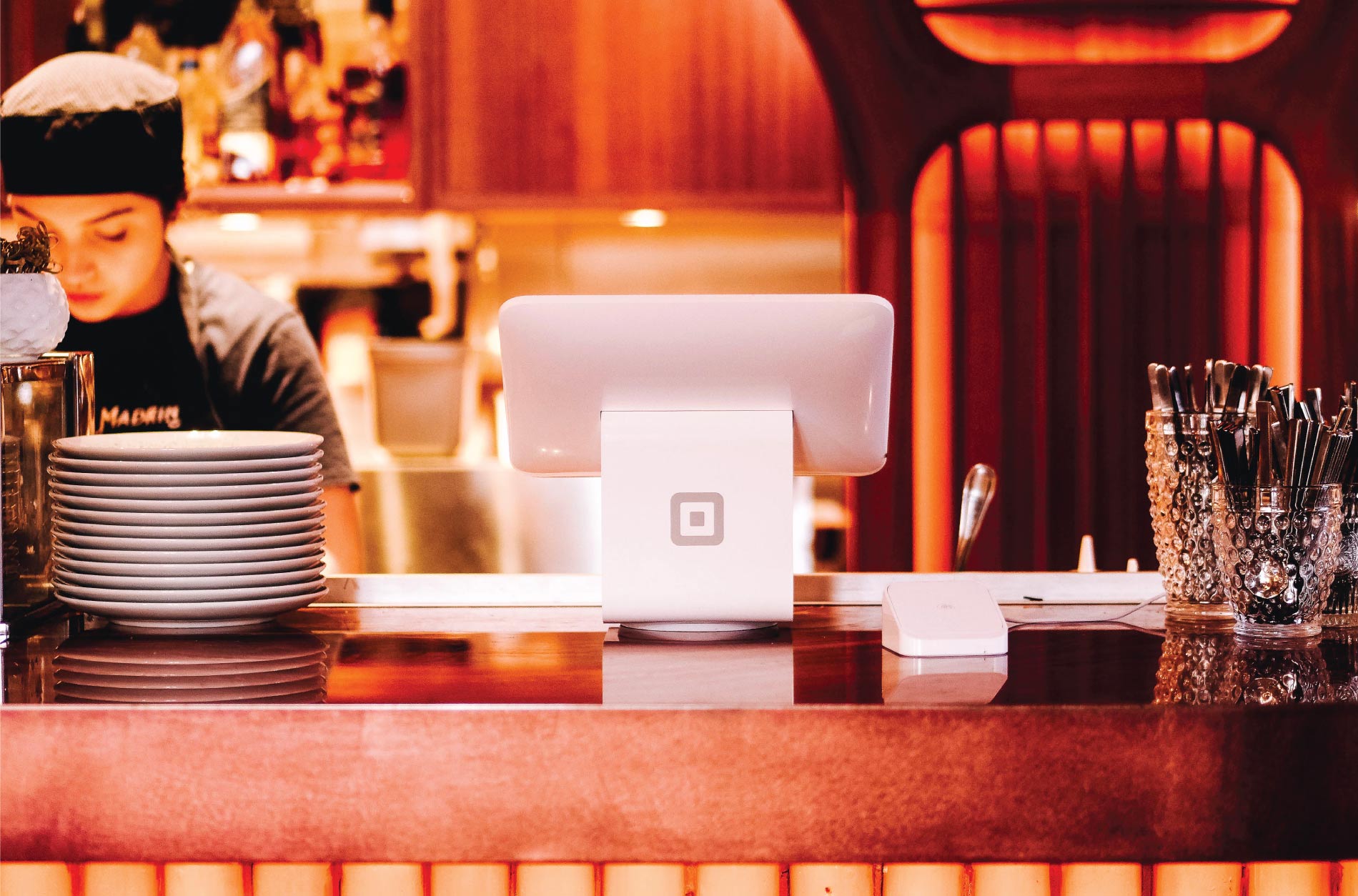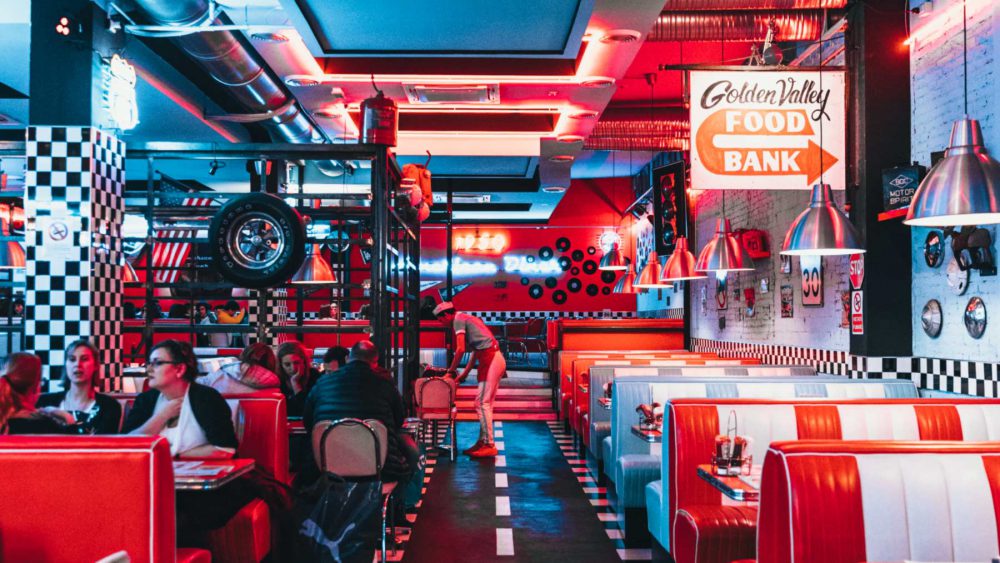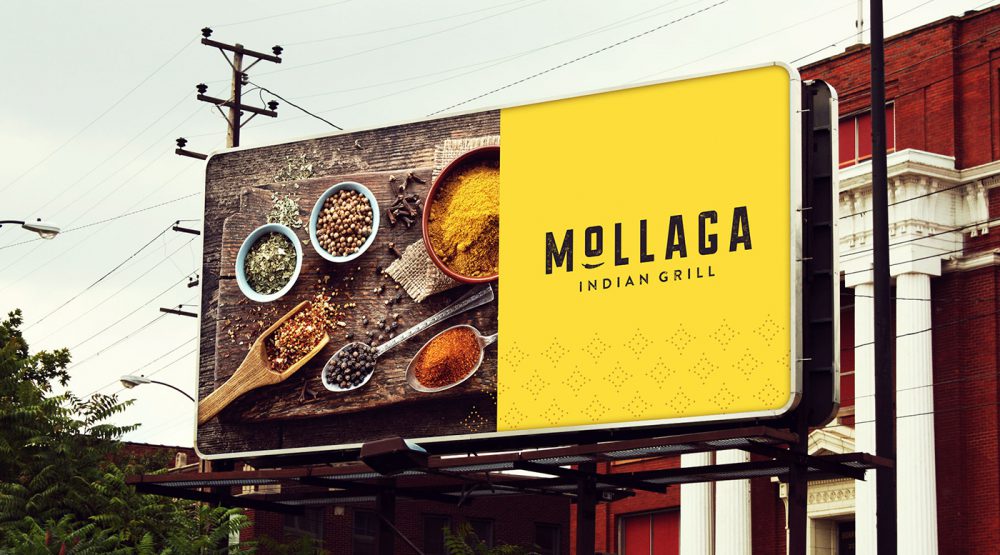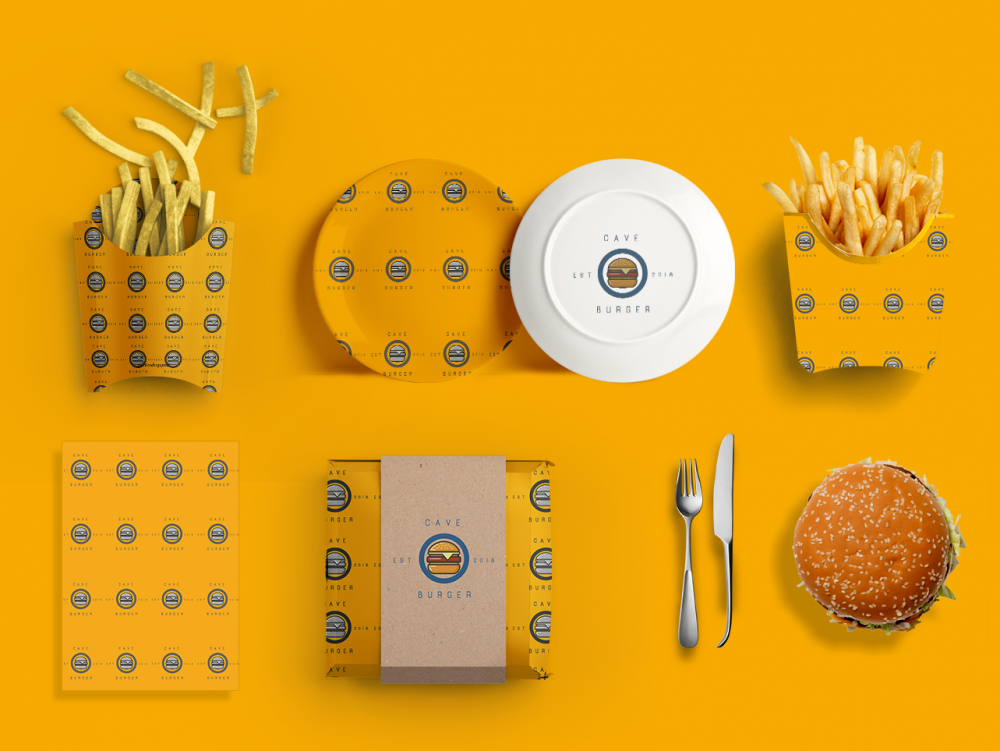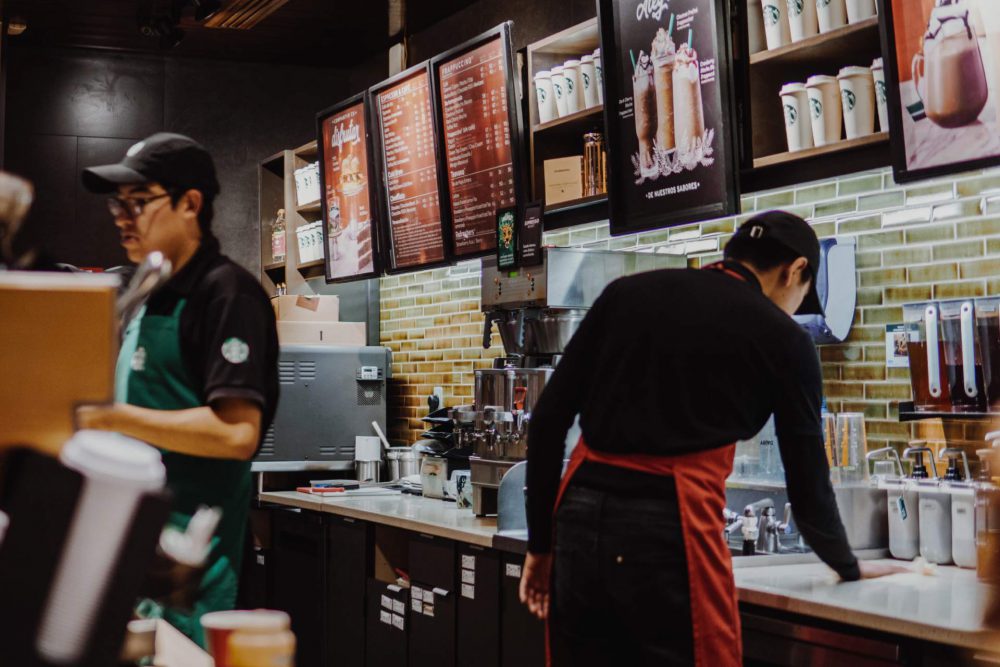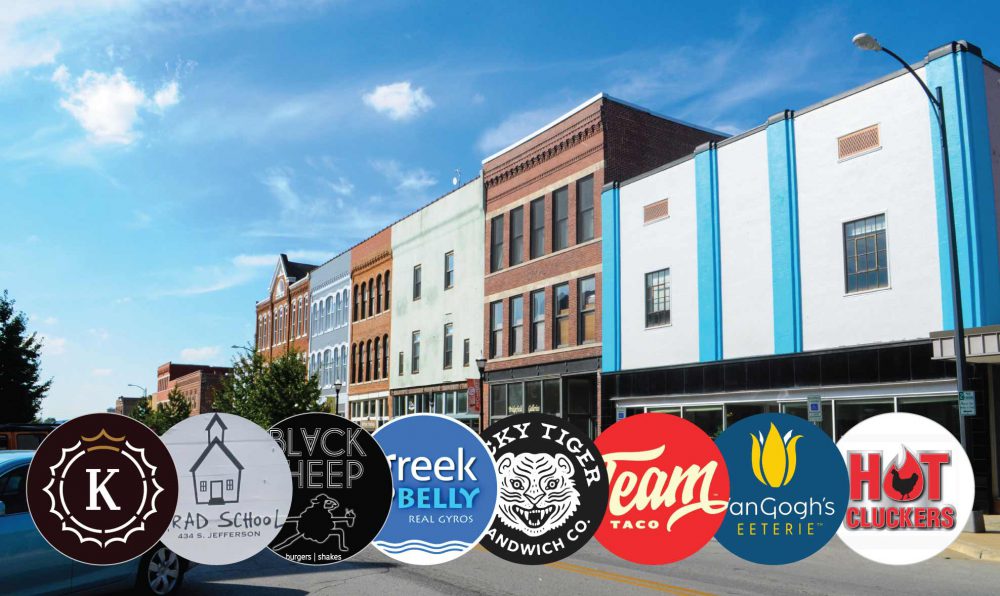Top 5 Popular Restaurant POS Systems Roundup
August 13, 2019
Jeremy Wells
In the last 10 years, cash registers have been completely replaced with something quicker and more high-tech, especially in restaurants: point-of-sale systems, or POS systems. They have become the new age cash registers. But not only do they accept payments, but they also track inventory, provide digital receipts, calculate sales data, manage employees, and more.
As a restaurateur, my job is to basically control the chaos and the drama. There’s always going to be chaos in the restaurant business.
Rocco DiSpirito
The data and insights you can gather from these POS Systems can also allow you to not only optimize and control your food costs but also help you improve your efforts related to customer loyalty programs, brand activation, and restaurant marketing efforts.
Additionally, the Top 5 POS systems being reviewed today work for a variety of small or large businesses. So, with the multitude of POS systems on the market now, how will you know which one is the best for your café or restaurant?
I hope this article helps shine some light on the options available, and you’ll be able to make an informed decision as to which Restaurant POS System will work for your specific needs.
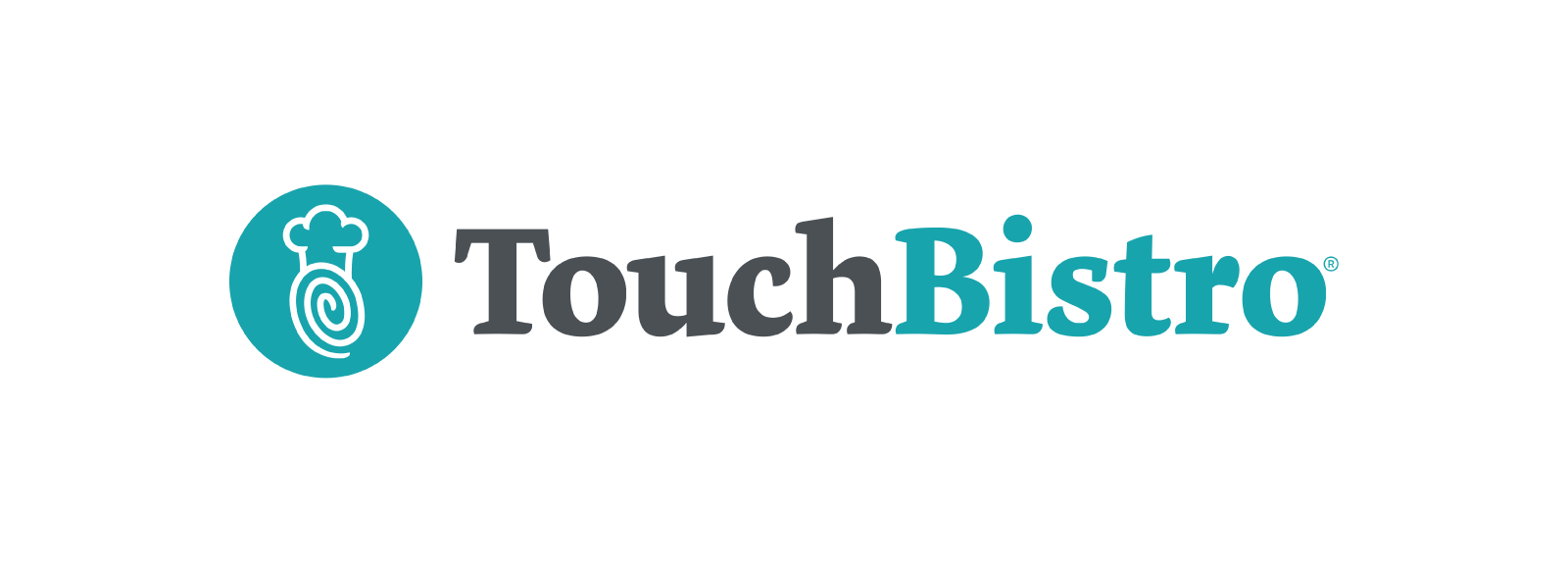
TouchBistro
The TouchBistro POS system is operated on an iPad and is best for full and quick restaurant service. It also aids with increasing sales by providing you smarter business decisions based on your monthly sales data.
Pros: The best part about TouchBistro is that it is versatile for whatever food service you own; general restaurants, bars, coffee shops, food trucks, and more. Additionally, as stated beforehand, it can give business owners ideas on how to increase monthly sales by analyzing previous data and providing you with business ideas.
Finally, TouchBistro is very user-friendly and easy to use for both employees and customers. For one user license, it’s a reasonable price of $69 monthly.
Cons: because TouchBistro is operated by an iPad, an Apple device, this means that it is not compatible with Androids or other desktop computers.
Additionally, it can get quite pricey for restaurants that have multiple leadership job positions, meaning that if they need multiple user licenses for optimal business operation, it can cost anywhere from $129 to $400 a month.

Square
Square is another popular POS system that is usually seen in retail stores, mobile or small businesses, and smaller, quicker restaurants or cafes.
Pros: Just like TouchBistro, Square additionally is easy to use for both employees and customers and provides real-time sales data. What is different about Square though is that it provides inventory management, item tracking, and alerts when stock is low.
Additionally, Square is compatible with most smart devices and the software is free, which is great for new businesses who are strictly Android users and want to skip out on buying new electronics. Therefore, this POS system would be great for keeping low costs.
Instead of charging you for its services and equipment, Square charges 2.75% of credit card revenue and 3.5% plus $0.15 revenue for keyed-in payments. This is another perk for those small businesses focusing on keeping a tight budget.
Cons: While Square is ideal for small restaurants and businesses, it isn’t for large, busy restaurants and businesses.
Additionally, while the software for Square is free, the processing fees can be high.

Lightspeed Restaurant
There are a few different versions of Lightspeed, but today we will be discussing Lightspeed Restaurant, which is the POS version that is ideal for restaurants instead of retail.
Pros: Lightspeed Restaurant is suitable for any sort of food service: restaurants, bars, cafes, food trucks, even takeout, and delivery businesses. Useful features include opening tabs and splitting bills, a floor planning option that allows immediate clarity on which tables are free, a “quick-serve” screen for busy hours, and a mobile ordering option which is considered legendary in the POS world.
With this last feature, orders can be sent directly to the kitchen while giving customers plenty of payment options. Lightspeed still offers all these features for delivery businesses as well as the ability to process card payments while still on the road. Additionally, Lightspeed is very user-friendly and the price is reasonable, starting at $69 per month and increasing based on how many registers are needed.
Cons: Unfortunately, Lightspeed Restaurant is only compatible with Apple devices, with an iPad being most suitable for restaurants. Additionally, Lightspeed would not be ideal for large restaurants because their price model suggests that this POS system would function best with 1 to 5 registers.
It can handle more registers; however, the price becomes astronomical. It would also be a poor choice for large restaurants because the inventory and reporting features are not as extensive as other POS systems. Another downside of Lightspeed is that if there isn’t Wi-Fi available or if data is slow, then it will not process payments.

Upserve
Formerly known as Breadcrumb, Upserve was specifically created and designed by former managers, bartenders, baristas, and waiters, among many other employees who work in the foodservice industry. The goal of Upserve is to be a user-friendlyPOS system that is ideal for working with many of the common hospitality and restaurant issues.
Pros: A few useful features this POS system offers is table management, menu management, and restaurant management, online ordering directly from a customer’s table, processing all types of payments including written checks, and a partnership with GrubHub so that any restaurant who uses Upserve can have their food delivered anywhere.
Additionally, Upserve is compatible with both Apple and Android devices so anyone can use it without fear of having to invest in a new smart device. Another perk about Upserve is that it does not discriminate against restaurant size. Upserve is designed to adequately serve restaurants as big as the most popular steakhouse in town or as small as a hidden coffee shop.
Cons: Upserve is a more expensive POS system compared to others with its $99 monthly fees and $50 per each extra terminal license (Upserve includes one POS terminal license). In fact, while many users are impressed with Upserve’s system and features, many admit that it still seems a bit overpriced for what it offers.
Also, this POS system wouldn’t be ideal for food trucks because the system requires more pieces and more space to function properly. Finally, the last downside of Upserve is that it has been known for outages during some restaurants’ busy hours. It also experiences downtime during mandatory system updates that cause the whole system to be offline until all updates have been installed.

Toast
Toast is an all-around restaurant management system, meaning it isn’t just for taking money at the counter. Toast offers a full suite of business management options in addition to prioritizing the customer experience. The overall goal of toast is to ensure that employers and employees can focus on the things that matter rather than being bogged down by the time consuming, routine tasks.
Pros: Toast is an all-encompassing platform that includes systems to manage payroll, transactions, inventory, customer relationships, and online ordering. Toast has an easy-to-use system for ordering and employee management of customers’ orders. You’ll find that orders can be easily modified and reassigned to different staff members with relative ease.
Whether you’re a large or small business, you’ll find that Toast will meet you where you’re at. Toast is easily scalable, and it will easily move with you from your first location to multiple as your business grows. These features will benefit you later when you have multiple employees and locations to manage and you can’t be at each location every day.
Another reason that you’ll want to consider Toast is that it is a restaurant-specific platform. Unlike others, Toast is made with restauranteurs in mind. From small taco-stands to full-service restaurants, Toast has the flexibility to meet your needs.
Cons: Toast is, right now, an Android-specific system, which for loyal Apple users may be a drawback. It’s no secret that Apple devices are coveted for their prestige, consistency, and ease of use. For some, this will be a drawback and may steer users away from this platform. Toast is priced at $79/month and with installation and equipment costs that can cost up to $1200, you can consider Toast an investment in your business.
Wrapping it up
If you’re considering starting a restaurant, consider checking out one of these services. They’re more than your grandparents’ cash register of days gone by. These are sophisticated points of sale systems that help manage customer relationships by keeping track of their purchases and providing options for loyalty clubs and gift cards.
They streamline the ordering process by making order management easier from the time the customer places the order to send it to the kitchen. These modern points of sale also help management keep track of employee performance and hours worked and makes it easier to pay them, improving employee satisfaction and keeping management from having to spend needless time fretting over the payroll.
Finally, a POS system introduces modern technology into your workspace and enables future growth more easily through updates to your system and ease of replacement if something happens to your device.
If you’re in the restaurant business and don’t have a modern Point of Sale system, you should really consider one. Not only do they make almost everything easier, but they also save valuable time which can be spent on diving into your passion: providing good food and top-notch customer service so that you can achieve your dream of having the best food in town.
Jeremy Wells
Partner at Longitude°
Jeremy is the author of Future Hospitality and Brand Strategist at Longitude°. As a member of the Education Committee for The Boutique & Lifestyle Leaders Association (BLLA) and a content contributor to Cornell University’s Hospitality Vision and Concept Design graduate program, he is a committed thought leader in hotel branding, concepting, and experience strategy.
